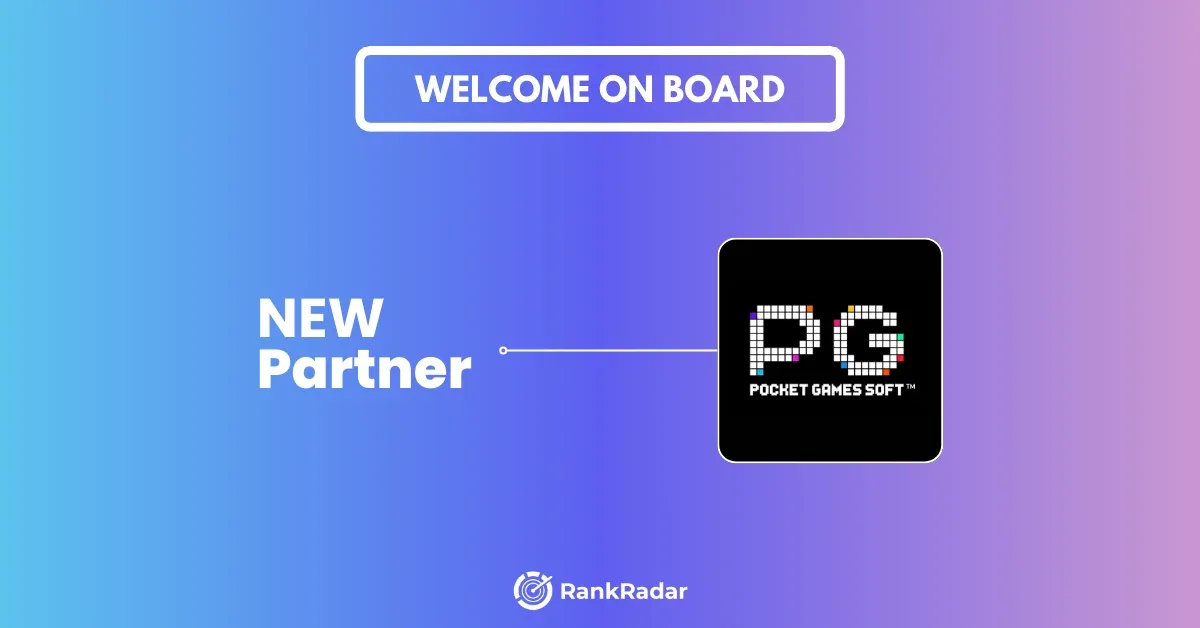Brand ambassador programs are increasingly recognized across various industries as a powerful tool for enhancing brand perception both internally and externally. These programs focus on identifying and supporting employees who are passionate about the company and willing to actively promote its values, culture, and achievements.
Why Develop Brand Ambassadors?
Adding a Human Touch to Branding
Marketing teams benefit greatly from ambassador programs because they help put a human face on the brand. Rather than presenting a corporate identity, the brand is represented through real people who are engaged in social, marketing, or community initiatives. This makes the brand more relatable and trustworthy.
Promoting the Employer Brand Internally
Creating a community of ambassadors who share the company’s values and mission helps strengthen the internal brand. These individuals can communicate the benefits of working at the company to colleagues and external contacts. This helps improve brand visibility, enhance reputation, and support recruitment by extending positive messaging beyond the organization.
Building a Positive Image Inside and Out
Ambassador programs help build brand loyalty among employees and create more positive mentions in the public space. Since people tend to trust individuals more than brands, employee voices play a crucial role in shaping public perception. When employees are empowered to share their authentic experiences, it supports both employer branding and overall corporate reputation.
Relevance in Challenging Times
Leadership and Employee Roles
Organizations often recognize two primary ambassador groups: leaders and employees. Leaders naturally act as brand ambassadors due to their visibility and influence. Formal training programs, communication strategies, and leadership development plans can reinforce their role in shaping company culture and public image.
For employees, ambassador initiatives often begin with volunteer-based participation. These individuals share company updates, job opportunities, and workplace insights on social media, further expanding the company’s reach and appeal.
Defining Clear Expectations
Before launching a program, it’s essential to define what the business expects to achieve. Whether it’s increasing visibility, supporting recruitment, or strengthening internal engagement, clarity of purpose ensures strategic alignment and sustainable impact.
Sustaining the Program During Difficult Periods
Even in complex or unpredictable times, ambassador programs can thrive if adapted properly. Some ambassadors may naturally take initiative by sharing their experiences or volunteering in their communities. Organizations can support this by offering training on how to communicate appropriately and authentically, particularly during sensitive times.
Addressing Low Engagement
If general employee engagement is low, it’s still possible to start small. Even a handful of engaged individuals can serve as the foundation for an ambassador community. These early adopters may help trigger a ripple effect, inspiring others through their visible activity and positive energy.
Different recruitment approaches—direct communication, manager recommendations, or open calls—can help identify suitable candidates depending on the company’s structure and communication culture.
Keys to a Successful Program
Motivation is Crucial
Recognition is often the most effective motivator for ambassadors. Useful practices include:
- Regular interaction with leadership
- Highlighting ambassador stories on internal platforms or social media
- Rewarding top contributors with small incentives
- Providing training and development opportunities
- Hosting workshops and deep-dive interviews
- Maintaining ongoing communication and support
It’s also beneficial to develop a clear motivation strategy, secure executive buy-in, and allocate a specific budget.
Personal Branding and Community Building
Some companies initiate their programs by identifying employees already active in speaking, writing, or social media. By inviting them into a semi-exclusive community, offering personalized gifts or workshops, and supporting their personal brand development, organizations can deepen their loyalty while aligning personal success with brand promotion.
Typical Program Scale
Programs may vary in size depending on the organization. Some teams have dozens of ambassadors with dedicated coordinators, while others may begin with a small pilot group. Regardless of size, the impact can be significant if the program is well-structured and supported.
Conclusion
Brand ambassador programs are an effective strategy to strengthen both internal engagement and external perception. Internally, they foster loyalty, increase morale, and cultivate a positive culture. Externally, they enhance trust, raise awareness, and help communicate brand values authentically.
While implementation requires planning, motivation, and careful selection of participants, the benefits—ranging from improved recruitment to stronger cultural identity—often far outweigh the effort. Starting small, staying consistent, and keeping the focus on authentic human connections can make such programs a lasting asset for any organization.
Read more: Paripesa Affiliate











